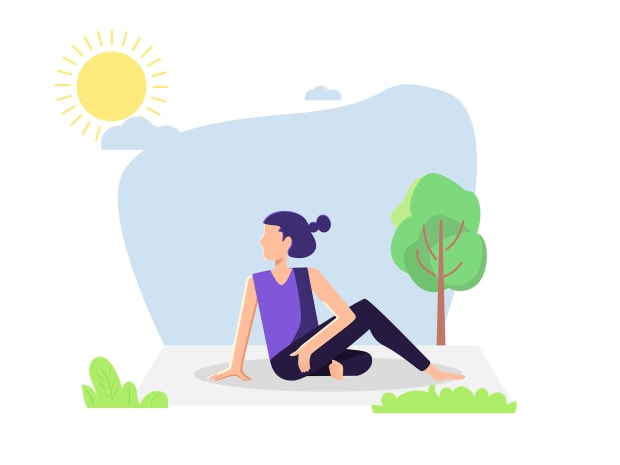- Like
- SHARE
- Digg
- Del
- Tumblr
- VKontakte
- Flattr
- Buffer
- Love This
- Save
- Odnoklassniki
- Meneame
- Blogger
- Amazon
- Yahoo Mail
- Gmail
- AOL
- Newsvine
- HackerNews
- Evernote
- MySpace
- Mail.ru
- Viadeo
- Line
- Comments
- Yummly
- SMS
- Viber
- Telegram
- JOIN
- Skype
- Facebook Messenger
- Kakao
- LiveJournal
- Yammer
- Edgar
- Fintel
- Mix
- Instapaper
- Copy Link
Can summer sun give you enough vitamin D? Chances are, no. “Most people don’t get enough unprotected sun exposure to make enough vitamin D,” says Ken Redcross, MD, a holistic physician and author of Bond: The 4 Cornerstones of a Lasting and Caring Relationship with Your Doctor.
Based on research and his years of experience in routinely testing patients’ vitamin D levels, Redcross estimates that 80–90 percent of Americans are low in the sunshine vitamin, even in warm Southern states. Fatigue, anxiety, recurrent infections, and feeling “not yourself” are common signs.
In science speak, vitamin D is a “prohormone,” meaning a hormone precursor. Redcross explains it this way: “Think of it as the key to opening genes that have healing powers.” Most immune cells need vitamin D to do their jobs, and it’s essential for a healthy heart, muscles, bones, and mood, and to ward off diabetes and autoimmune conditions.
When people take enough vitamin D for 4–6 weeks, they typically have more energy and feel better overall. “They experience a new sense of well-being,” says Redcross.
How much is enough? Get tested. Otherwise, Redcross recommends taking 5,000 IU (3,000 mcg) daily.
Testing and Vitamin D Doses
Ask your doctor for a vitamin D test—a simple blood draw—that may be covered by insurance. Home tests, using a virtually painless finger-prick test kit, are available for about $65 from nutrientpower.org. Once you have test results, use a calculator on the site to identify the dose of vitamin D needed to achieve optimum levels of 40–60 ng/mL (nanograms per milliliter).
See also: 7 Foods Rich in Vitamin D


